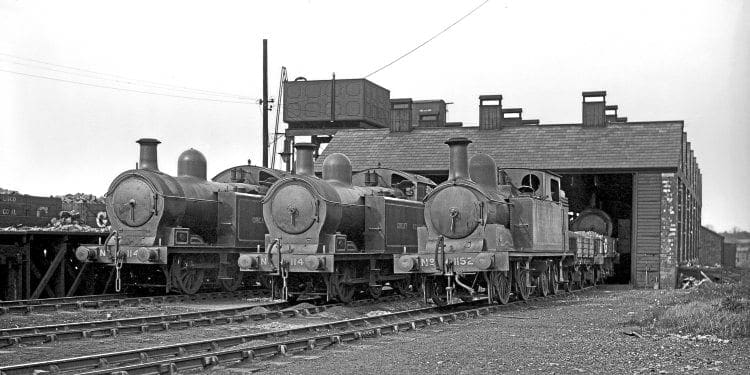In its heyday, Tuxford boasted three stations and a locomotive works. In the first of a two-part feature, Robin Stewart-Smith charts the rise and fall of this forgotten railway town.
The north Nottinghamshire village of Tuxford lies on the East Coast Main Line between Newark-on-Trent and Retford.

Historically, it was a small market town in an area notable for hops and fruit growing. Strawberries, apples, pears and especially Victoria Plums were all important local crops that used the railway to access their markets after the Great Northern Railway arrived.
Monthly Subscription: Enjoy more Railway Magazine reading each month with free delivery to you door, and access to over 100 years in the archive, all for just £5.35 per month.
Click here to subscribe & save
Tuxford was an important coaching stop astride the Great North Road from London to York and Berwick-upon-Tweed. It was also the junction for the main road to Lincoln. After 1726 the Great North Road was turnpiked from Grantham to Drayton (north of Tuxford) and the journey time from Newark to Doncaster was cut from a whole day to four hours.
Before the building of the Great Northern Railway the Great North Road (later A1) generated significant employment in the village, however after the arrival of the railway this declined. In recent times the modern A1 bypassed the village to the east of St Nicholas parish church and the importance of the Great North Road traffic for Tuxford declined still further.
The settlement grew up on a ridge on the west slope of the Trent Valley with Mansfield and Lincoln to the west and east, respectively. The surrounding district is mainly agricultural, lying between the woodland and great estates of The Dukeries and Sherwood Forest and the fertile soils of the Trent Valley. On a clear day Lincoln Cathedral can be seen in the east beyond the River Trent. Tuxford is close to the once very important Yorkshire, Derbyshire and Nottinghamshire coalfield.
Read more in October’s edition of The RM – part 2 (November)




